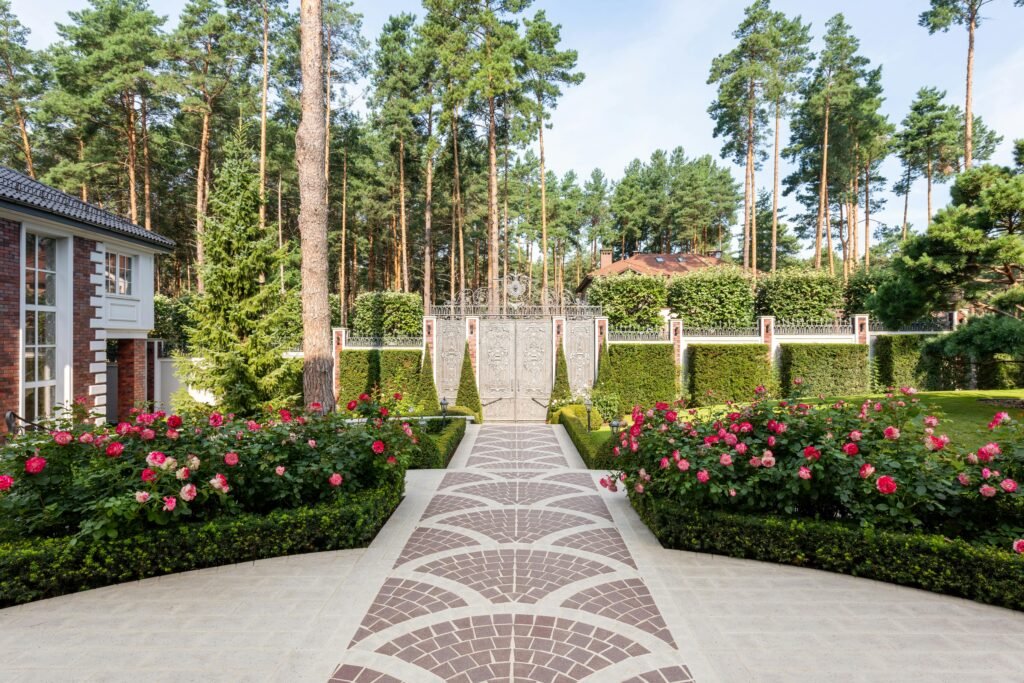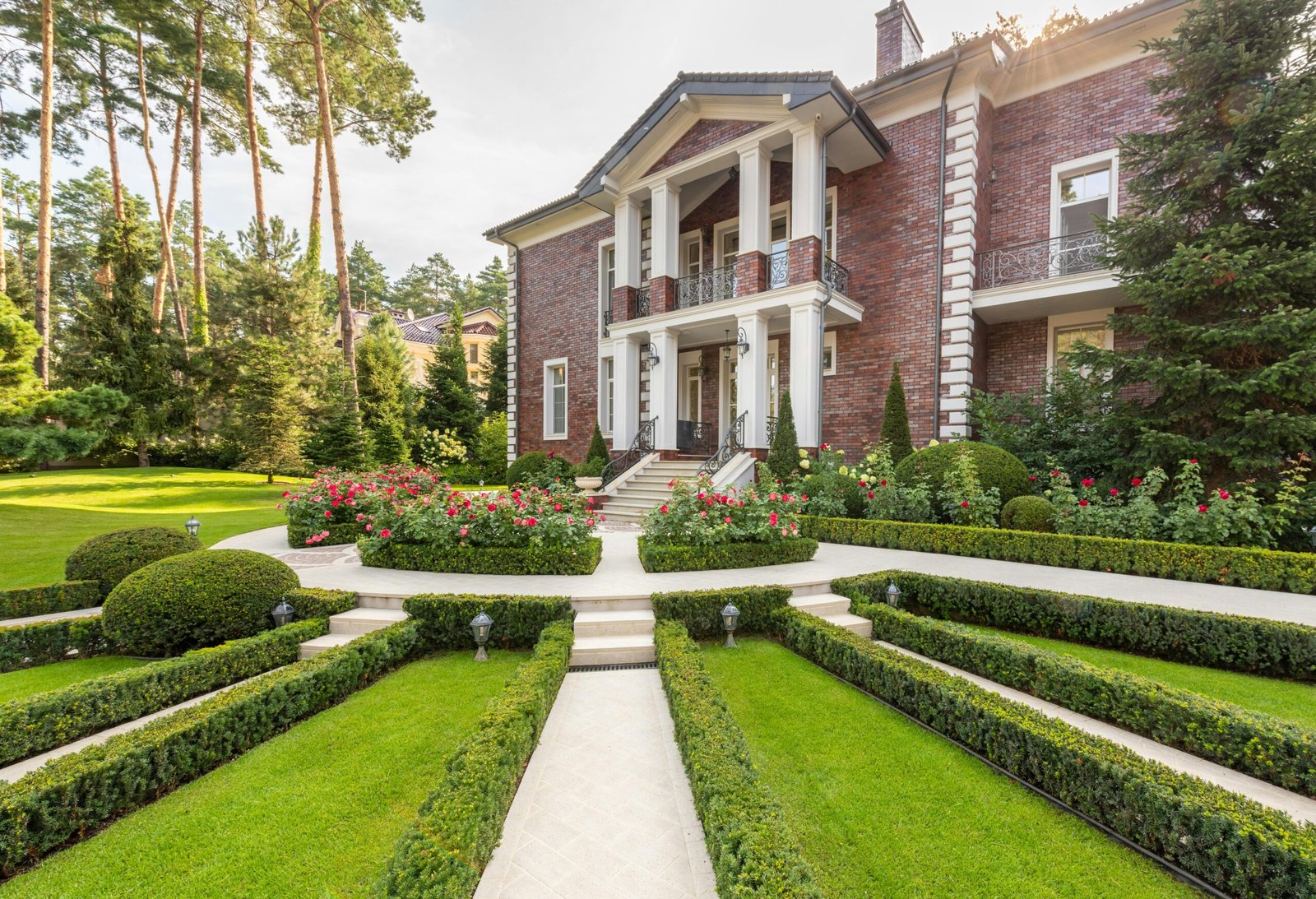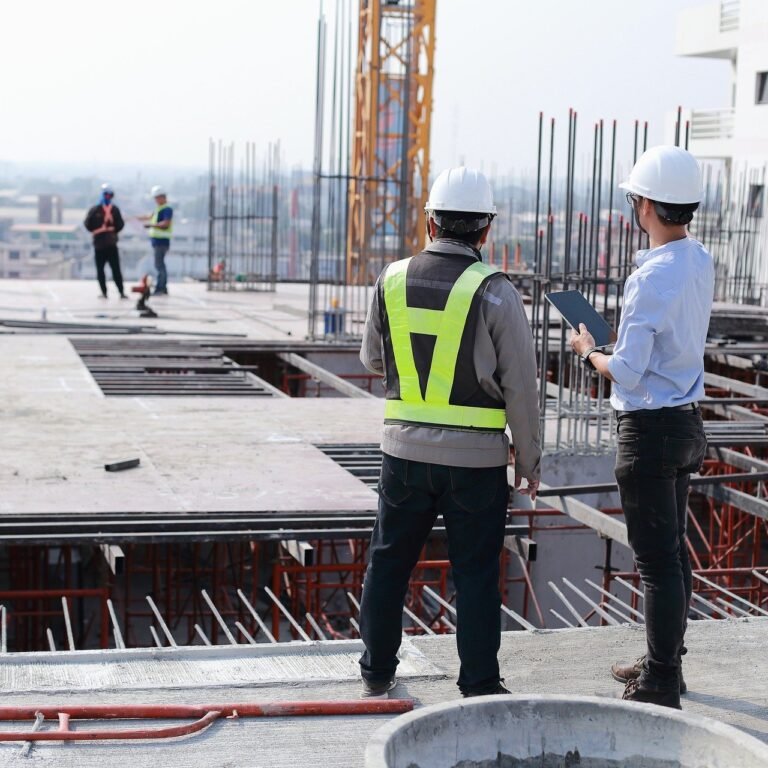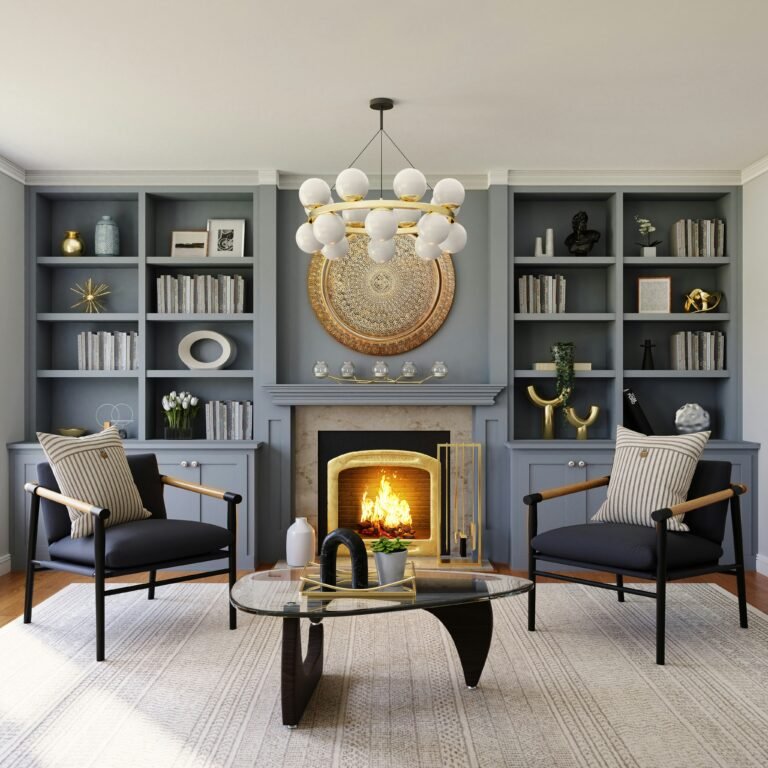Green Architecture: Building a Sustainable Future
Green architecture focuses on creating environmentally pleasant and sustainable buildings and structures. By integrating green layout standards, materials, and technology, green architecture targets to decrease the environmental impact of production and operation, whilst maximizing power performance and resource conservation.
Green structure, moreover known as sustainable or green architecture, is a design approach that prioritizes environmental duty and resource overall performance. It incorporates a huge variety of strategies, along with the use of renewable and recycled materials, optimizing strength overall performance, and incorporating natural elements into constructing layout.
The ultimate purpose is to create structures that have minimum poor effect on the environment, promote occupant fitness and well-being, and make contributions to a greater sustainable destiny. This technique has won full-size traction inside the construction enterprise as extra architects and builders apprehend the importance of addressing environmental issues of their initiatives.

The Rise of Green Architecture
In latest years, the idea of inexperienced architecture has been gaining enormous reputation. This eco-friendly method to designing homes and systems has emerge as a cross-to preference for architects, builders, and assets proprietors alike. The historical evolution of inexperienced architecture dates back to the Nineteen Sixties whilst the world turned into scuffling with several environmental troubles. Since then, the standards of green structure had been delicate and advanced to cope with contemporary day demanding situations.
The key standards of inexperienced architecture consist of lowering the carbon footprint, preserving natural sources, the use of sustainable substances, and optimizing energy performance. These standards are implemented thru numerous layout elements inclusive of green roofs, sun panels, energy-green lights, and natural ventilation systems. By incorporating those layout features, inexperienced architecture not best benefits the environment however also creates more healthy and extra snug living spaces for the occupants.
| Benefits of Green Architecture | Challenges of Green Architecture |
|---|---|
| Reduces carbon footprint | Higher initial cost |
| Conserves natural resources | Lack of awareness and education |
| Improves indoor air quality | Requires specialized knowledge and skills |
Overall, the rise of inexperienced architecture has been a terrific development within the subject of shape and creation. As the arena will become extra conscious of the effect of human activities at the environment, the demand for sustainable and green buildings is anticipated to increase.
Innovations Shaping Sustainable Buildings
Green structure is revolutionizing the construction organization via incorporating modern techniques that prioritize sustainability. Energy performance performs a important position in growing sustainable homes. Implementing techniques like passive solar layout, herbal air flow, and green insulation can considerably lessen electricity intake. The use of green materials further complements the environmental impact of these structures.
Eco-pleasant materials, together with recycled steel, reclaimed wood, and occasional VOC paints, make contributions to a more healthy indoor surroundings while minimizing the carbon footprint. Additionally, incorporating green roofs and living walls no longer simplest gives insulation however additionally improves air quality and reduces stormwater runoff.
In conclusion, the improvements in green architecture are shaping a future wherein homes are designed to minimize their environmental effect. By prioritizing power performance strategies and utilizing eco-friendly materials, sustainable homes can make a contribution to a greener and healthier planet.
Challenges And Solutions in Green Construction
Green structure faces regulatory hurdles due to various environmental requirements and constructing codes throughout unique areas. This can prevent the implementation of sustainable production practices. However, fee implications additionally pose a considerable undertaking, as initial funding expenses for green materials and technology are often higher. To cope with those challenges, collaboration among industry stakeholders and policymakers is critical to set up steady rules and incentives that promote inexperienced construction. Additionally, mitigation techniques inclusive of life-cycle price analysis and authorities subsidies can assist offset the prematurely expenses, making sustainable building practices greater financially feasible.

Conclusion
Innovative green architecture offers sustainable solutions for healthier surroundings. By integrating eco-friendly layout standards, buildings can minimize their carbon footprint and energy consumption. Embracing green architecture promotes a more sustainable and eco-conscious destiny. Investing in these practices no longer handiest benefits the environment but also complements the properly-being of groups.






